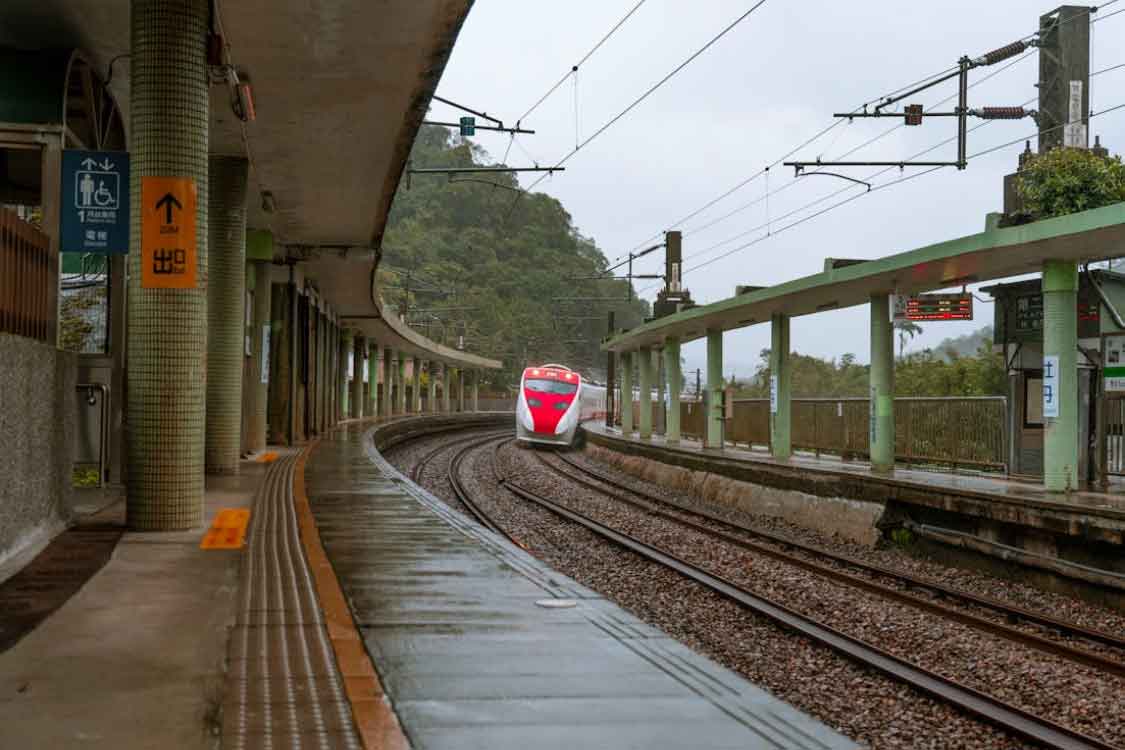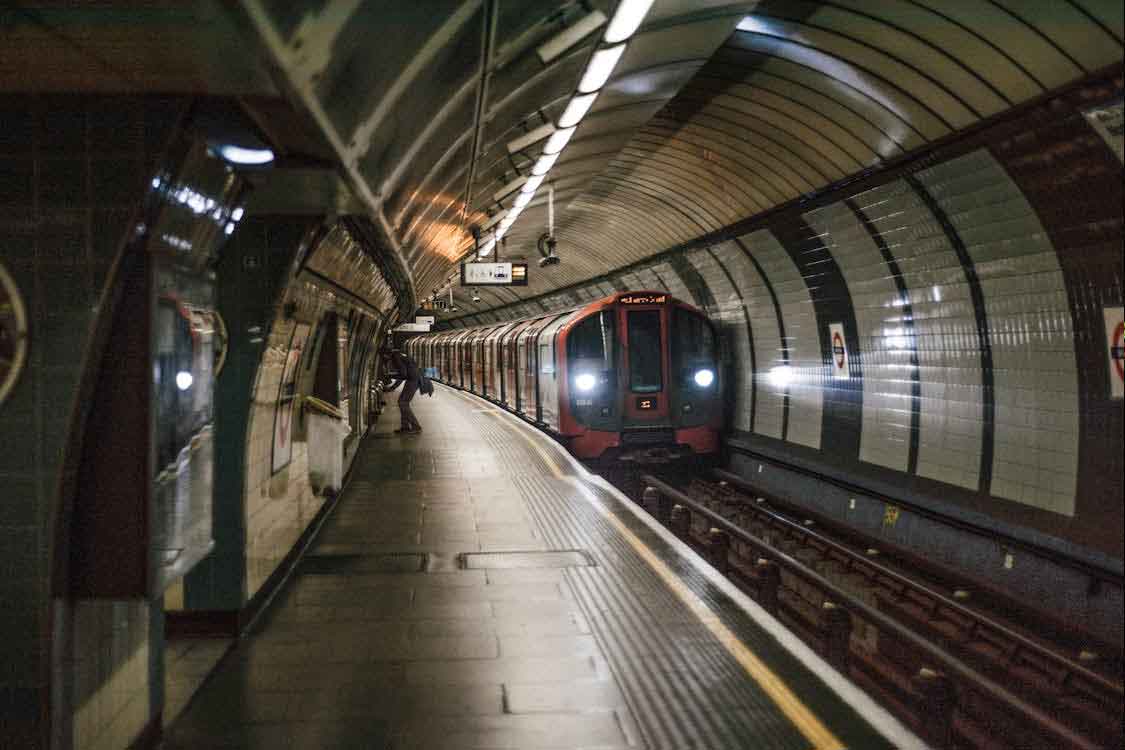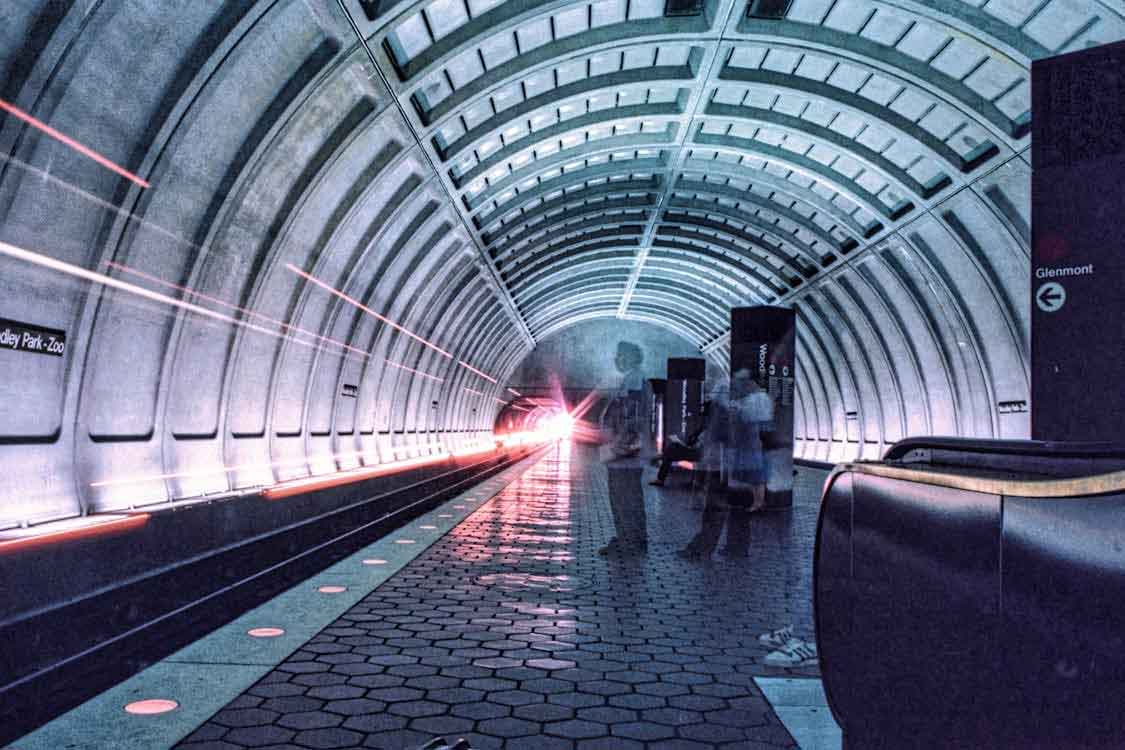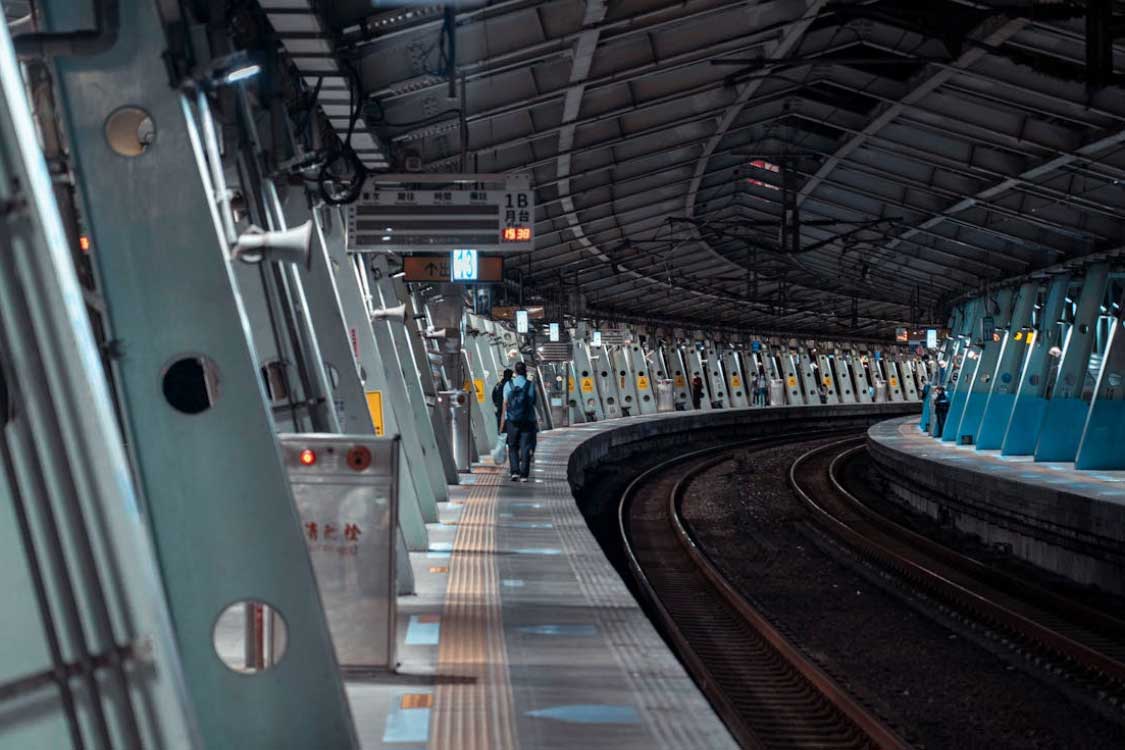Japan's Bullet Trains: Pioneering Speed and Efficiency
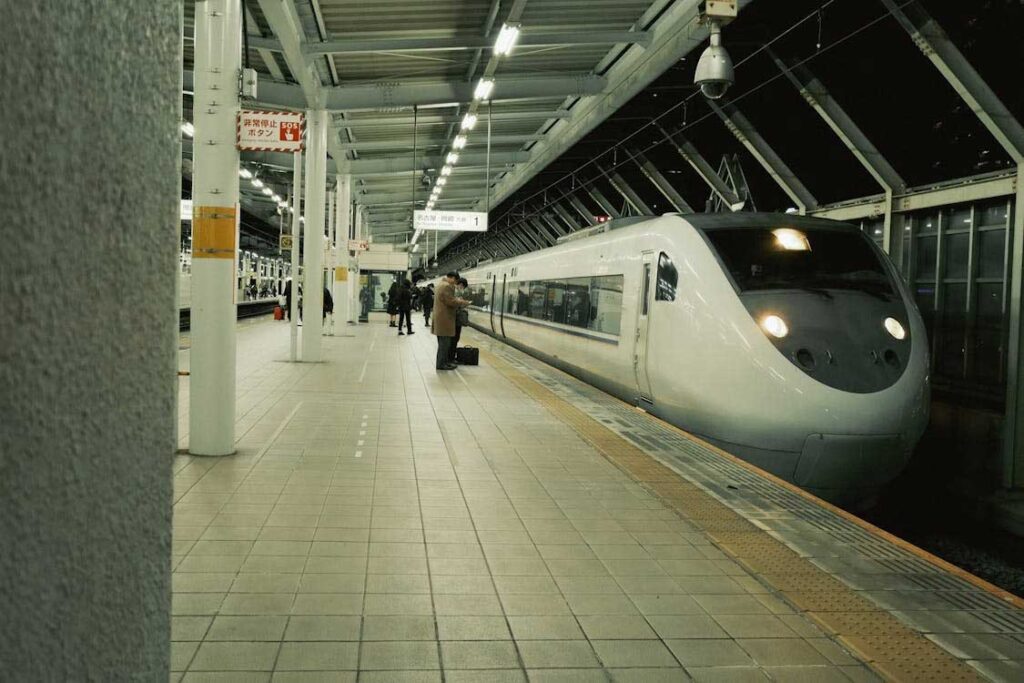
Japan's Shinkansen, commonly known as the bullet train
Stands as a testament to the nation’s engineering prowess and commitment to innovation. Since its inception over half a century ago, the bullet train has revolutionized transportation, setting the global standard for high-speed rail travel. With its remarkable speed, safety, and efficiency, the bullet train continues to captivate travelers and engineers alike, solidifying its place as an iconic symbol of Japan’s technological advancement.
